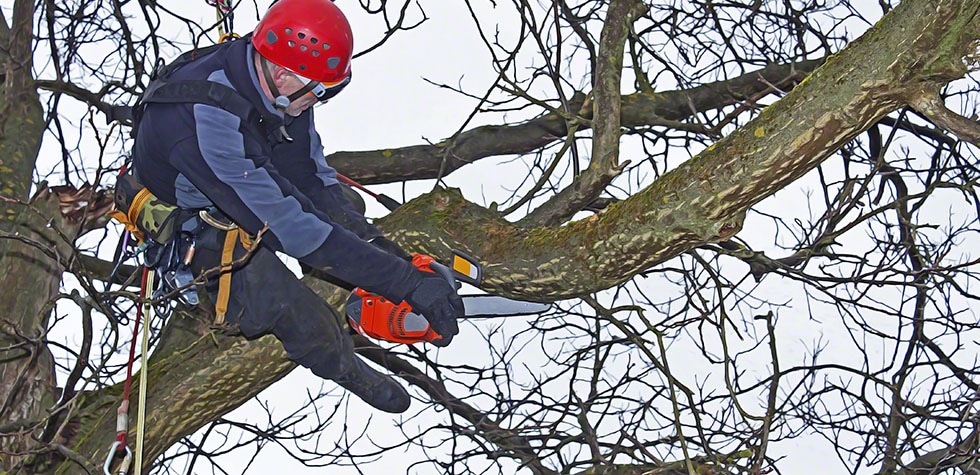When it comes to construction, heavy lifting is a common necessity. Whether it’s moving steel beams, placing precast concrete, or lifting heavy machinery, crane services and rigging services play a vital role. These services are essential in various industries, from construction to manufacturing, and ensure that heavy objects are moved safely and efficiently.
The Basics of Crane Services
Crane services involve the use of specialized machinery designed to lift and move heavy loads. Cranes come in various types, each tailored for specific tasks. For instance, mobile cranes are versatile and can be moved to different job sites, while tower cranes are stationary and often used in high-rise construction. Selecting the right crane for a job is crucial. Factors like the weight of the load, the height it needs to be lifted, and the available space all influence the decision.
Crane operators are highly trained professionals. They undergo rigorous training and must be certified to operate cranes safely. This certification ensures that they understand the mechanics of the crane, as well as safety protocols. Safety is the top priority in crane operations, as even a minor error can lead to serious accidents.
The Importance of Rigging Services
Rigging services work hand in hand with crane operations. Rigging involves the use of equipment to secure and manipulate loads before they are lifted. This can include items like slings, chains, and hoists. Proper rigging is crucial because it ensures that the load is balanced and secure during the lift. Without effective rigging, even the most powerful crane can struggle to move a load safely.
Riggers are skilled professionals who have specialized knowledge of the equipment and techniques needed to safely rig a load. They assess the load and decide on the best way to attach it to the crane. This process requires not only technical skills but also a strong understanding of physics and safety standards. The rigging process can be complex, depending on the shape, size, and weight of the load, but a skilled rigger can ensure everything goes smoothly.
Safety Standards in Crane and Rigging Services
Safety is a cornerstone of crane and rigging services. The risks associated with heavy lifting are significant, and both operators and riggers must adhere to strict safety protocols. This includes conducting thorough inspections of equipment before use, ensuring that all personnel are trained and aware of safety procedures, and maintaining clear communication during lifting operations.
In many regions, there are specific regulations governing crane operations. These regulations often require regular inspections and maintenance of cranes and rigging equipment. Companies providing crane and rigging services must stay compliant with these regulations to ensure the safety of their workers and the public.
Planning for Crane and Rigging Operations
Effective planning is key to successful crane and rigging operations. Before any lifting occurs, a detailed plan is created. This plan typically includes an assessment of the site, the weight of the load, the type of crane needed (including options for crane for rent DC), and the rigging methods to be used. Site assessments consider factors like ground conditions, overhead obstructions, and nearby structures
Collaboration is essential during this planning phase. Crane operators, riggers, and site supervisors must work together to develop a comprehensive lift plan. This collaborative approach helps identify potential challenges and develop solutions in advance. By anticipating issues, teams can ensure that the lift goes as smoothly as possible.
Technological Advances in Crane and Rigging
The crane and rigging industry has seen significant advancements in technology over the years. Modern cranes are equipped with sophisticated controls and monitoring systems that enhance safety and efficiency. For example, many cranes now have load moment indicators, which help operators understand the weight of the load they are lifting in real-time. This technology reduces the risk of overloading the crane, which can lead to catastrophic failures.
Additionally, software applications have emerged that aid in planning lifts. These tools can analyze weight distribution, reach, and ground conditions, allowing for more accurate and safer lift plans. Virtual reality is even being explored for training crane operators and riggers, providing a safe environment for learning and practicing skills.
Environmental Considerations
As the construction industry evolves, environmental considerations are becoming increasingly important. Crane and rigging services must account for the environmental impact of their operations. This includes managing noise, emissions, and the overall footprint of lifting operations. Companies are exploring greener technologies, such as electric cranes and eco-friendly rigging materials, to minimize their impact on the environment.
Moreover, proper planning can help avoid damage to surrounding areas. Careful site assessments ensure that lifting operations do not disturb the landscape or affect nearby structures. Environmental responsibility is becoming a vital part of crane and rigging services, reflecting a broader industry trend toward sustainability.
The Role of Training and Certification
In an industry where safety is paramount, training and certification cannot be overlooked. Continuous education is essential for crane operators and riggers. As technology advances, staying up-to-date with new equipment and safety practices is crucial. Many companies invest in ongoing training programs to ensure that their workforce is knowledgeable and skilled.
Certification programs often include both theoretical and practical components. This dual approach allows operators and riggers to gain a thorough understanding of safety protocols, machinery, and rigging techniques. Regular assessments ensure that they maintain their skills over time, contributing to safer lifting operations.
Conclusion
Crane and rigging services are indispensable in today’s construction landscape. They not only facilitate the movement of heavy loads but also ensure that these operations are conducted safely and efficiently. With a strong emphasis on safety, planning, and technological advancements, the industry continues to evolve, meeting the demands of modern construction.
As projects grow larger and more complex, the importance of skilled operators and riggers becomes even more pronounced. Their expertise is critical to navigating the challenges that come with heavy lifting. Moreover, as the industry embraces sustainability and environmental responsibility, crane and rigging services are adapting to minimize their impact on the planet.
Ultimately, whether you are involved in a small construction project or a large-scale industrial operation, crane and rigging services VA are key players in making sure everything is lifted safely and correctly. Their role in the construction process cannot be understated, as they are the backbone of heavy lifting operations that keep the industry moving forward.



